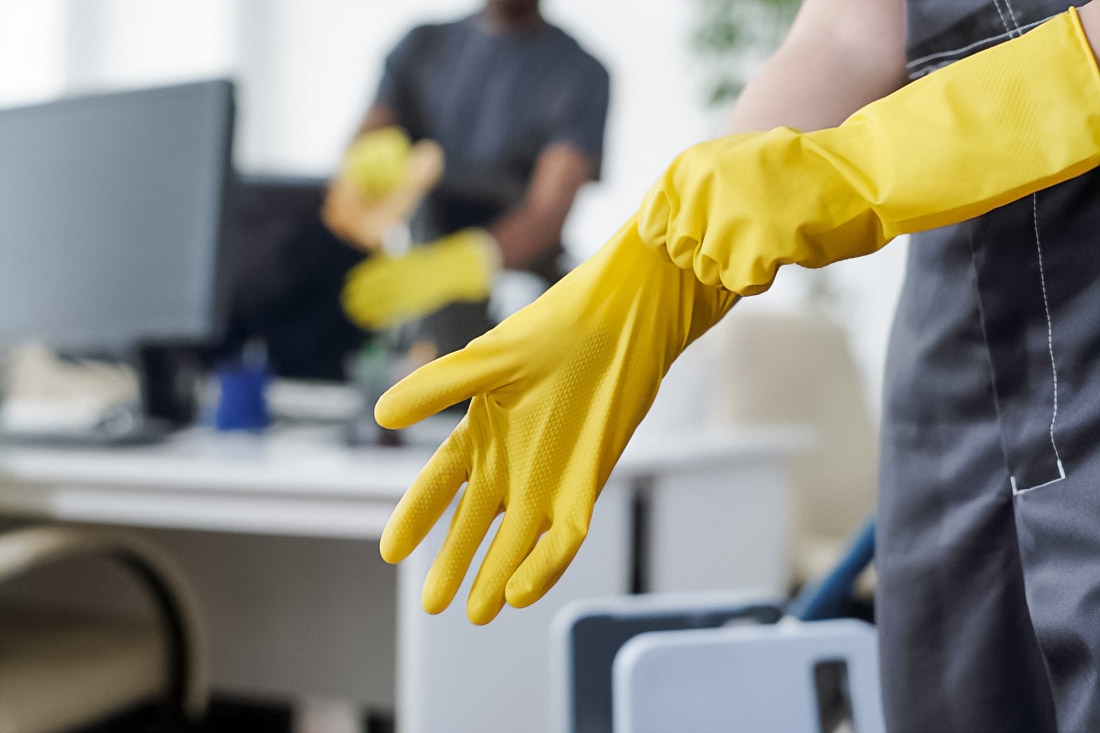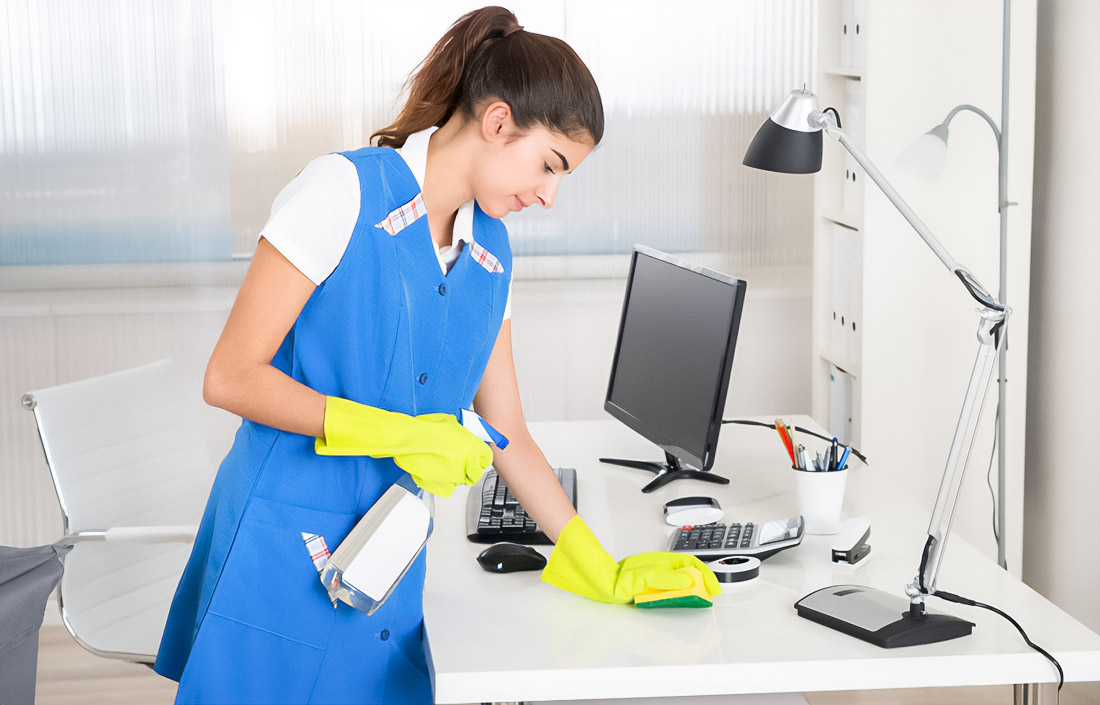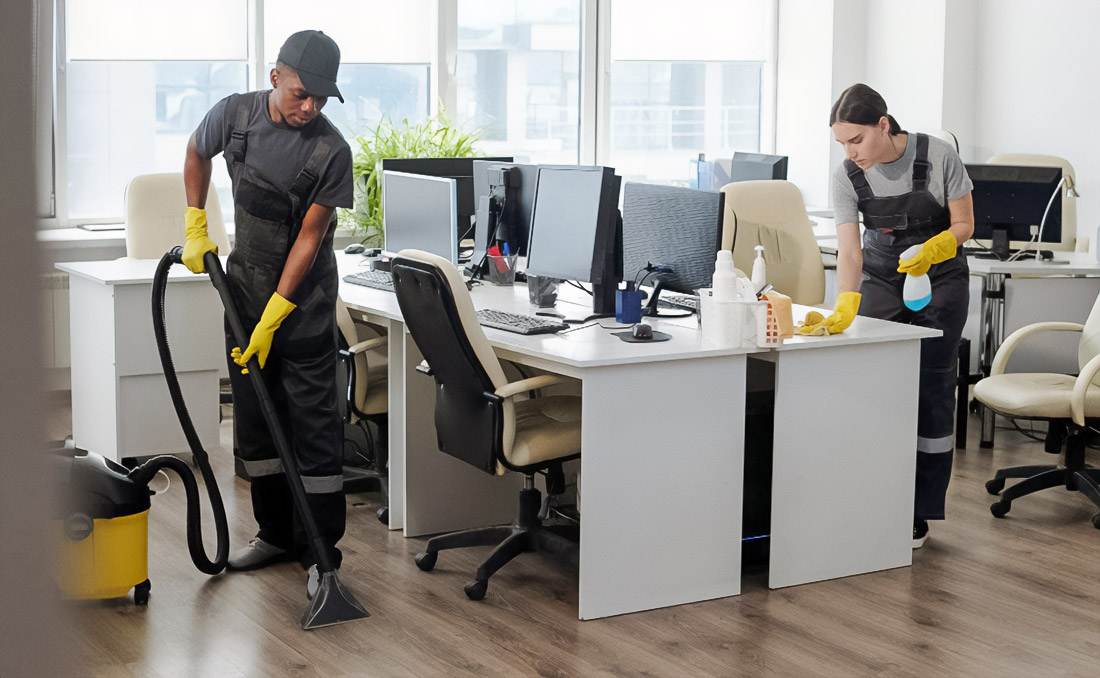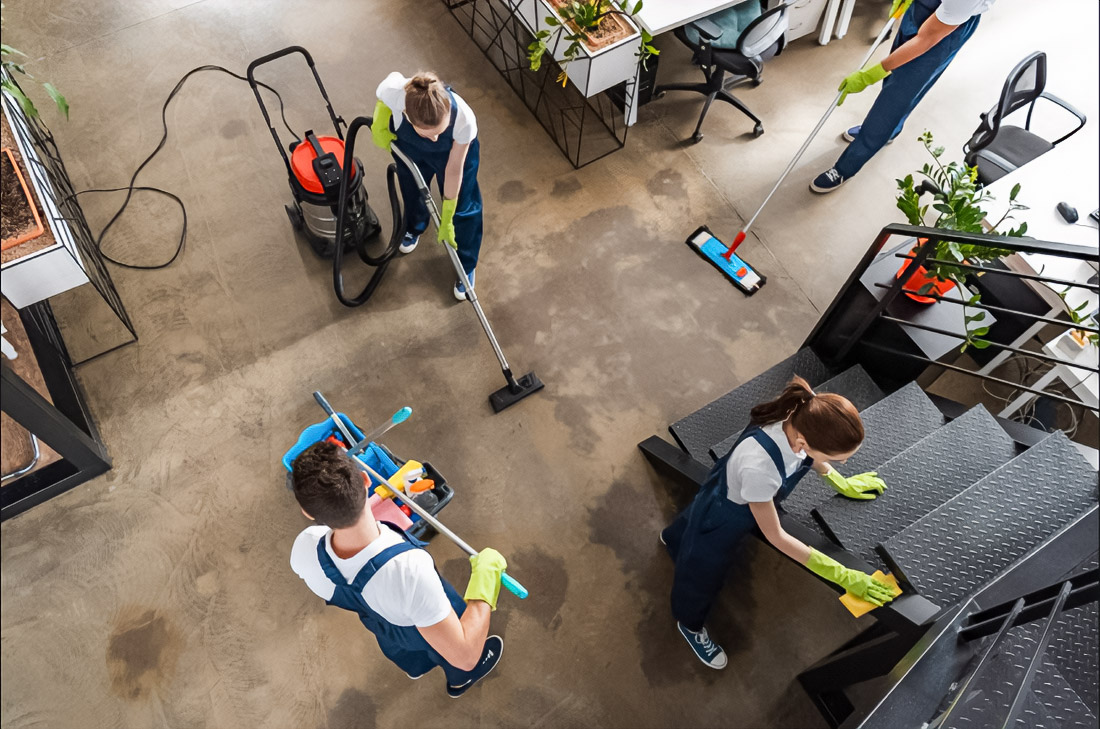Modern office hygiene standards demand more than the old “spray and wipe” approach. With rising concerns after the COVID-19 pandemic, companies are seeking advanced methods to ensure safe and healthy workplaces. That’s why many organizations now rely on a professional commercial cleaning company to introduce scientific and data-driven practices, such as ATP testing (adenosine triphosphate testing), for accurate cleanliness assessment. These modern techniques provide peace of mind and guarantee a higher standard of workplace sanitation.
What is ATP Testing?

ATP testing checks if a place is clean. It finds tiny germs we can’t see. A small tool gives the result in seconds. It works better than just spray and wipe, especially on desks and door handles.
Why is Visually Clean Not Safe?

According to ISSA (the International Association of Cleaning Service Providers), about 60% of infections in office premises are transmitted through contact with contaminated surfaces. Studies show that routine uncontrolled cleaning can leave up to 40% of biological contamination on work surfaces, especially in areas with high traffic.
Many surfaces, such as plastic keyboards, elevator buttons, and office phones, are breeding grounds for germs. Without a laboratory check or an ATP scan, it is impossible to understand whether the cleaning was really effective.
ATP Test as an Element of the Quality System

The implementation of ATP monitoring allows professional companies to implement a cleaning quality assessment and control system. The collection of RLU data allows you to generate reports for facility managers, adjust cleaning routes and adjust the frequency of disinfection depending on the level of risk in a particular area.
Some companies integrate ATP data into their BMS (Building Management System) systems, providing interaction between the building management and the cleaning contractor. This approach has already been implemented in large office centers in the UK, Germany and the Scandinavian countries.
Standards and Regulations
Although most countries do not have mandatory RLU standards, medical institutions, pharmaceutical companies, and food industries have long used ATP as a basic criterion for hygiene control. This method is only gaining popularity in office buildings, especially in organizations where a high production culture and concern for the health of employees are important.
The recommended level of cleanliness for non—medical premises is less than 100 RLU. Everything above is a reason for repeated disinfection.
Why are Companies Moving from “Spray and Wipe” to High-Tech Methods?
The “spray and wipe” method does not provide accurate data. It can leave invisible dirt, especially if unsuitable wipes, worn-out tools, or detergent proportions are out of order. At the same time, the ATP test:
- Provides instant and accurate metrics,
- Eliminates the subjectivity of the assessment,
- Helps to reduce the use of harsh chemicals,
- Increases the trust of tenants and employees.
For a commercial cleaning company seeking to stand out in a competitive environment, the introduction of such tools becomes not an advantage, but a standard.
Conclusion
The transition to ATP control is not just a technological trend, but a response to the specific requirements of modern business: security, transparency of processes and efficiency. In an environment where office hygiene directly affects employee health, attendance, and productivity, professional office cleaning companies that use scientifically based methods to assess cleanliness are becoming key business partners.

Biker, doer, guitarist, Eames fan and TDC honorary member. Performing at the fulcrum of art and computer science to craft meaningful ideas that endure. Let’s chat.
